Engineered Hardwood vs. Hardwood: What’s the Difference?
| Fact Checked By: Lamont Robbins
Published: October 16, 2019 | Updated: April 7, 2021
Ever wonder what engineered hardwood actually means? We’re getting down to the details on engineered hardwood vs hardwood to share what sets them apart and help you decide which is the best choice for you.
Nothing looks more polished and professional in your home than wood flooring. The classic rustic look (with great durability and more options than ever before!) makes your home charming and inviting. Previously, wood flooring was limited as far as options go but, these days, it comes in all types of colors, textures, and even installation methods.
Now, instead of just traditional, solid hardwood, manufacturers have developed an exciting new addition to the hardwood flooring family: engineered wood.
There’s been some confusion about the difference between solid hardwood and engineered wood. Like so many others, you may ask yourself, what’s the difference, and which is the best choice?
Well, we’re here to help! In this engineered hardwood vs. hardwood showdown, we’re going to compare these options head to head. Learn which is more affordable, more durable, and which is the best choice for kitchens and bathrooms.
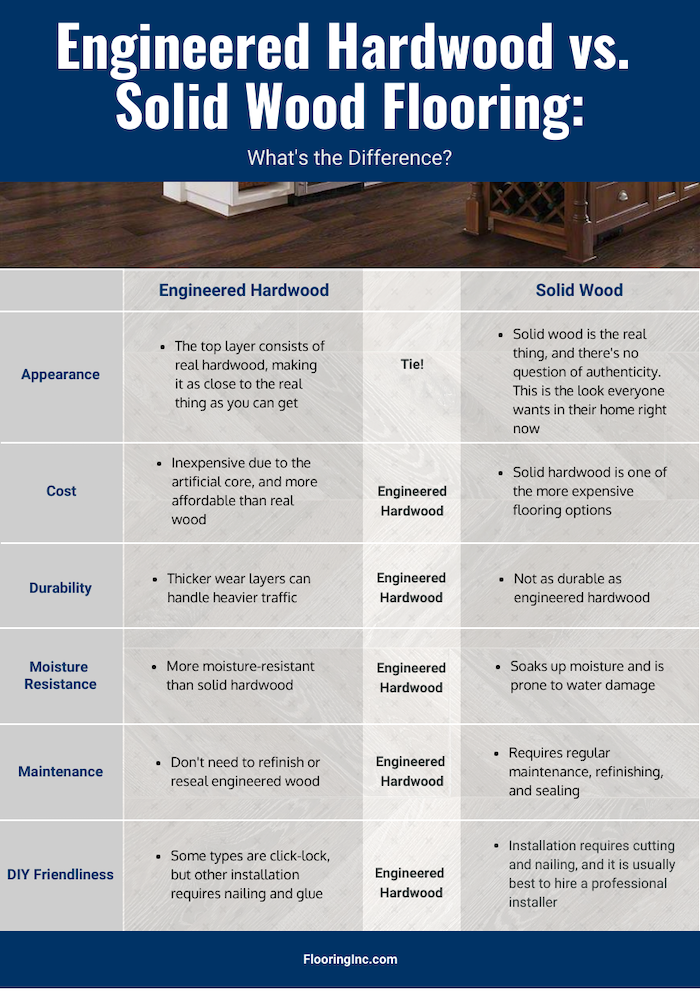
What’s the Difference Between Hardwood and Engineered Hardwood?
Engineered hardwood and solid hardwood look basically identical from the top, but there are big differences going on below the surface. While real hardwood is solid all the way through, engineered flooring comes with a genuine wood veneer at the top and artificial materials for the base.
The key difference between real hardwood and engineered hardwood is the construction: one is totally natural, and one is man-made. So what do these structural differences mean for each floor, and how do you decide which is best for you?
Let’s get into the details to learn more.
Engineered Wood
Engineered wood is made up of a thin veneer top layer of solid wood; however, the remaining base of the product is made up of plywood. Engineered wood is just as durable as traditional hardwood and provides the same classic, timeless look.
| Related Content >> How to Install Engineered Hardwood |
Construction of Engineered Hardwood

It used to be that engineered wood flooring was only made one way: with a solid wood veneer and then thick plywood underlayers. Now, there are two main options.
Option One: The core of the plank is made from layers of plywood, or medium-density fiberboard (MDF). Each layer is oriented perpendicular to the layer below it, which creates a strong lattice structure. This latticing makes the flooring more durable and stable in more environments,
Option Two: The core consists of one durable layer of high-density fiberboard (HDF). This is even tougher than the layers MDF.
Let’s take a look at the layered construction of engineered hardwood.*
- Solid wood veneer/wear layer: This is the top layer, where you’ll find a solid wood veneer showcasing the beauty of natural wood grains. The wear layer is also here.
- Core Layer: This is where the stability of your plank comes from. Made of high-density fiberboard (HDF) or medium-density fiberboard (MDF) layered within a durable lattice structure, the core supports the plank.
- Premium attached underlayment: Many rigid core engineered wood planks come with an attached underlay of cork or foam. This bottom layer meets the subfloor and smooths out imperfections on the surface. An additional waterproof underlayment is required in addition to this padding layer.
*Layers can vary between manufacturers.
| Related Content >> What is Engineered Hardwood? |
Pros of Engineered Hardwood
- Cost: Engineered hardwood is less expensive since only the top veneer is real hardwood. With solid hardwood, you’re paying for an entire plank made up of that material, whereas with engineered, that expensive layer is on top where everyone can see it — showing you off, making you look fancy, but the less costly, durable plywood is holding it up.
- DIY Installation: No contractor? No problem! It’s easy to install engineered hardwood with a tongue and groove system – the material can either be nailed down or installed with glue.
- Versatility: This isn’t Goldilocks here. Things do not have to be “just right”. Engineered wood can be installed on all grade levels, making the possibilities endless.
- Options: There are so many types of engineered hardwood. You can choose from tons of species to get the exact color and wood grain you’re looking for. It comes in hand scraped, textured, smooth and distressed surfaces, giving you the option of adding a bit of special touch to the product and complementing your decor.
Related Content >> Engineered Hardwood FAQ
Cons of Engineered Hardwood
- Mindset: Some people prefer to know their hardwood is strictly made out of wood, just like purchasing designer jeans, you want to make sure it’s authentic. Though engineered wood is not made out of 100% solid wood, it still gets the job done and, usually, at a lower cost. For me? I’d rather take a price cut and still have a stylish floor to show off rather than paying for those designer jeans with a higher price tag.
Where Should You Use Engineered Hardwood?
- All levels: Basement, bedroom, entryway, you name it. This flooring will thrive wherever you put it.
- Kitchens: If you’ve been craving the look of real wood in the kitchen, you can have it.
| Related Content >> How to Clean Engineered Hardwood |
Solid Hardwood
Solid hardwood is just that: made up of solid wood through the entire plank. Hardwood flooring is made out of thick solid wood planks with a sealing treatment on top. All that fancy wording means the product is hand scraped and durable, making it built to last. Keep in mind, with solid hardwood, though its elegance preserves through the years, it can cost quite a lot depending on the color and style you prefer.
Pros of Solid Hardwood
- Refinish to look like new: Unlike engineered hardwood, solid wood can be refinished which means with just a bit of elbow grease you can rebuff the product to look brand new. Solid hardwood can be sanded down and refinished several times.
- Bragging rights: Know what that means? It’s time to put on a show for your friends and family to show off your beautifully polished and elegant solid hardwood floors, and make sure they know it’s solid hardwood.
Related Content >> Wood Flooring Trends
Cons of Solid Hardwood
- Cost: Solid hardwood is made out of 100% wood, making it a higher-cost product. If you’re looking for the consistency and appearance of solid hardwood without a budget in mind, solid hardwood may be right for you.
- More challenging installation: Unlike engineered hardwood, solid hardwood has a more complicated installation process.
- Expansion/contraction: Solid hardwood can expand and contract with changes in temperature. We recommend leaving ¾” expansion space around the perimeter of the area.
Where Should You Use Solid Hardwood?
- Entry and upper levels only: For peace of mind, only install solid hardwood at the ground level and upper levels of your home. Solid hardwood isn’t ideal for your basement due to moisture issues.
- Humidity controlled environment: Some like it hot! Solid hardwood does not. Keep in mind that higher humidity increases the potential for expansion and contraction.
- Rooms without a lot of water (no bathrooms or kitchens): Even though it’s treated on the surface, hardwood just doesn’t stand up well to moisture. Standing water can lead to costly damage.
Engineered Hardwood vs. Hardwood: The Showdown
Now that we know a little more about both of these flooring options, let’s compare them head to head in the engineered hardwood vs. hardwood showdown.
Appearance
The hardwood look is the biggest trend in flooring right now, and nothing beats the real thing. Solid hardwood offers the warmth, natural color variations, and gorgeous wood grain textures that everyone craves. And so does engineered hardwood! That veneer layer does all the work to look just as beautiful as solid wood. In this case, it’s what’s on the outside that counts.
Winner: TIE!
Cost
Engineered hardwood only has a real wood veneer, and the remaining base layers cost less than wood. As a result, the engineered option is much cheaper than a plank of solid wood.
Winner: Engineered hardwood
| Related Content >> Best Engineered Hardwood |
Durability
Engineered hardwood can come with a thick wear layer that can stand up to plenty of wear and tear. Solid hardwood is resilient, but it can’t hold up like engineered hardwood flooring.
Winner: Engineered hardwood
Moisture Resistance
Engineered hardwood has a fiberboard core mixed with adhesives, and these materials offer some water-resistance. Meanwhile, solid wood soaks up moisture and is prone to water damage.
Winner: Engineered hardwood
-
Related Content >> Engineered Hardwood Vs. Laminate Flooring: What’s the Difference?
Maintenance
Hardwood requires frequent upkeep to maintain its beauty. Sanding, refinishing, sealing, waxing: these are all part of the routine with solid wood. Engineered wood flooring doesn’t come with all that hassle, so it makes your life a bit easier.
Winner: Engineered hardwood
DIY-Friendliness
Engineered hardwood can often be installed without the help of a professional. With options for interlocking or glue-down flooring, this is a DIY-friendly option. Solid wood will require some nailing, so it’s usually a good idea to hire a pro for that.
Winner: Engineered hardwood
Which is Better: Solid Hardwood or Engineered Hardwood?
As you can see, both flooring options have their place, and there is always an option to fit your needs. We recommend taking some time to look at the various selection of both engineered and solid wood flooring, ordering samples, and deciding what you like best. You may be surprised that what may appear as solid wood is actually engineered wood.
Solid hardwood is timeless and gorgeous but, let’s face it, high maintenance. Engineered wood flooring supplies the same, classic effect but, often, at a fraction of the cost. Either way, both products will provide a luxurious and polished finish to your space. And we promise, whichever wood flooring you choose, you can still knock on wood.
Ready to explore engineered hardwood flooring?













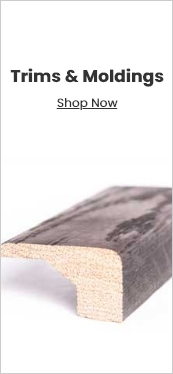


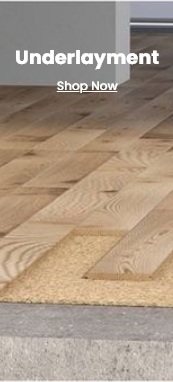


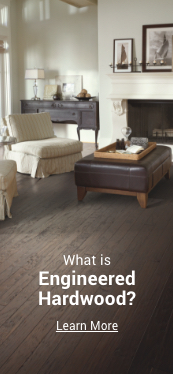

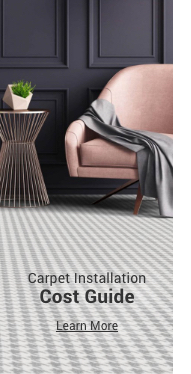
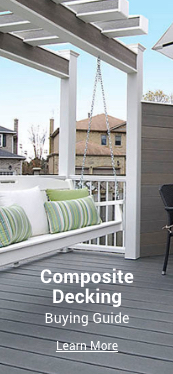


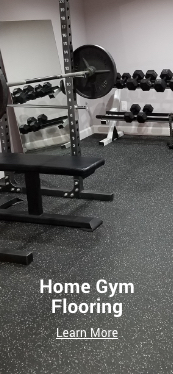


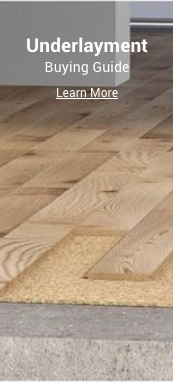

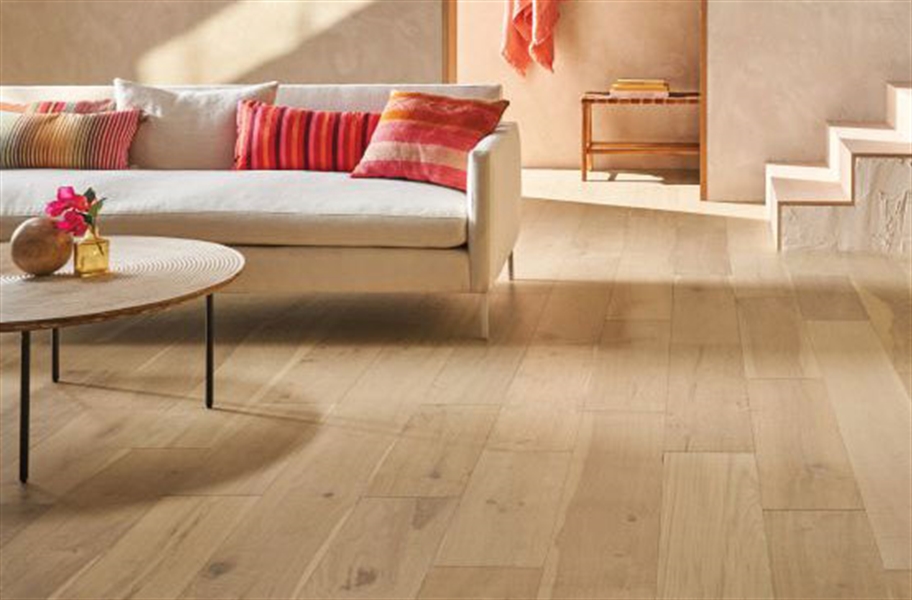
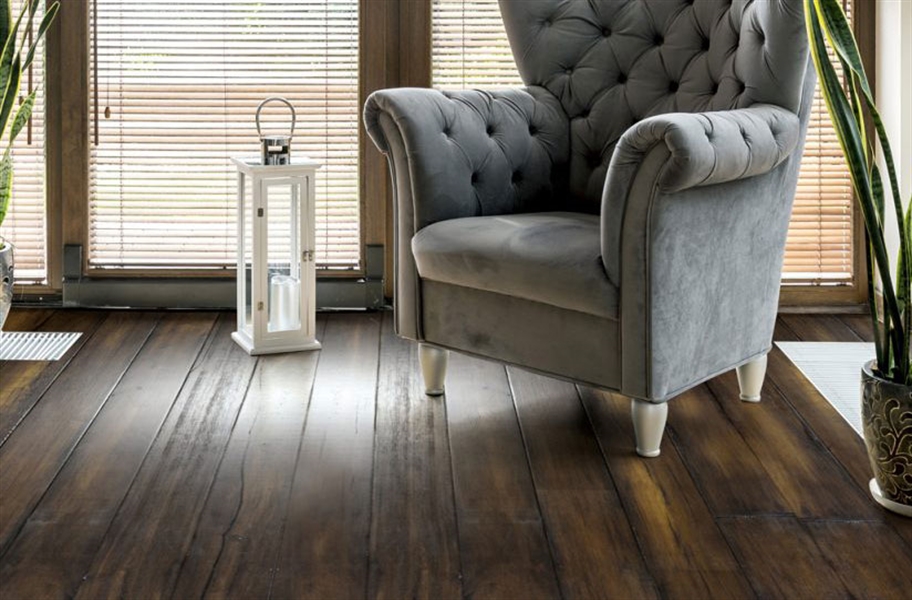


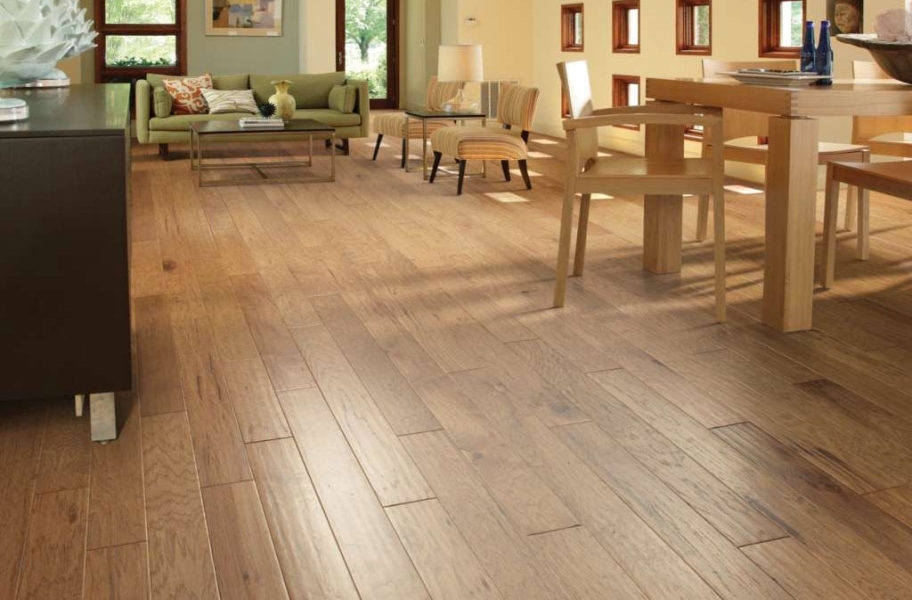
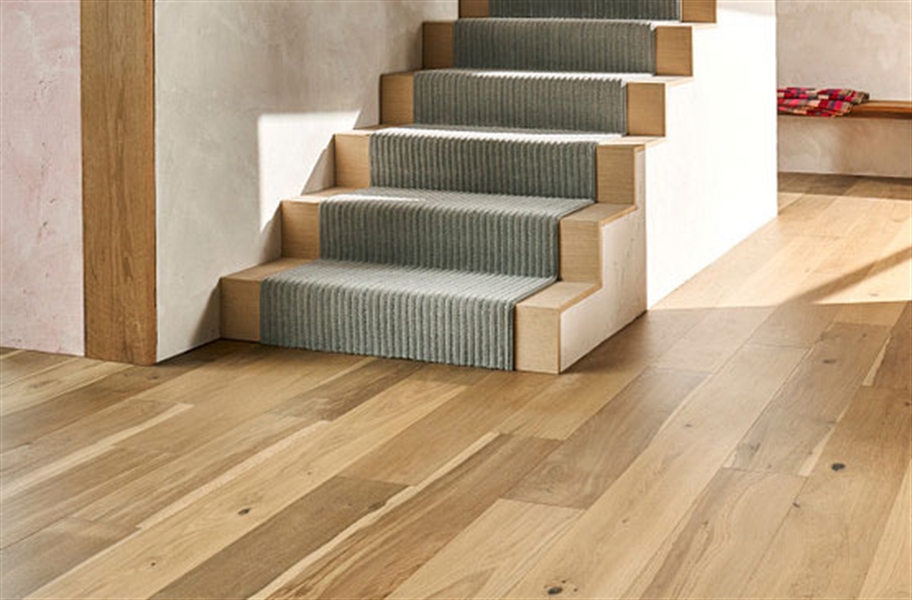
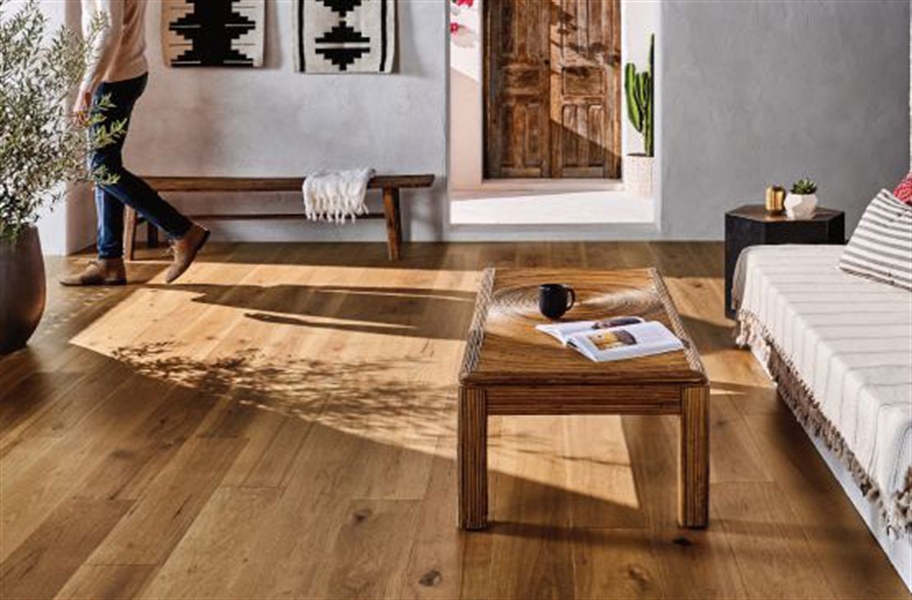
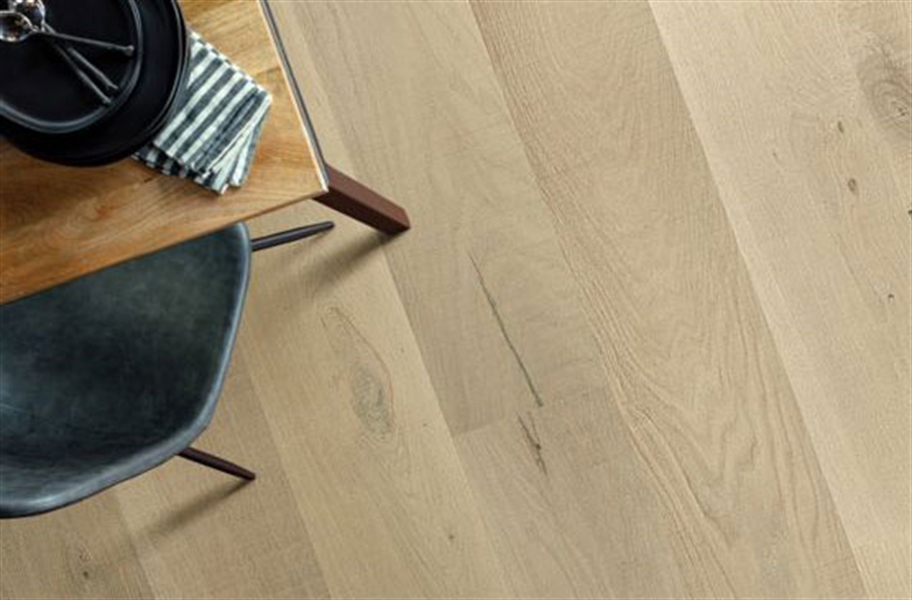
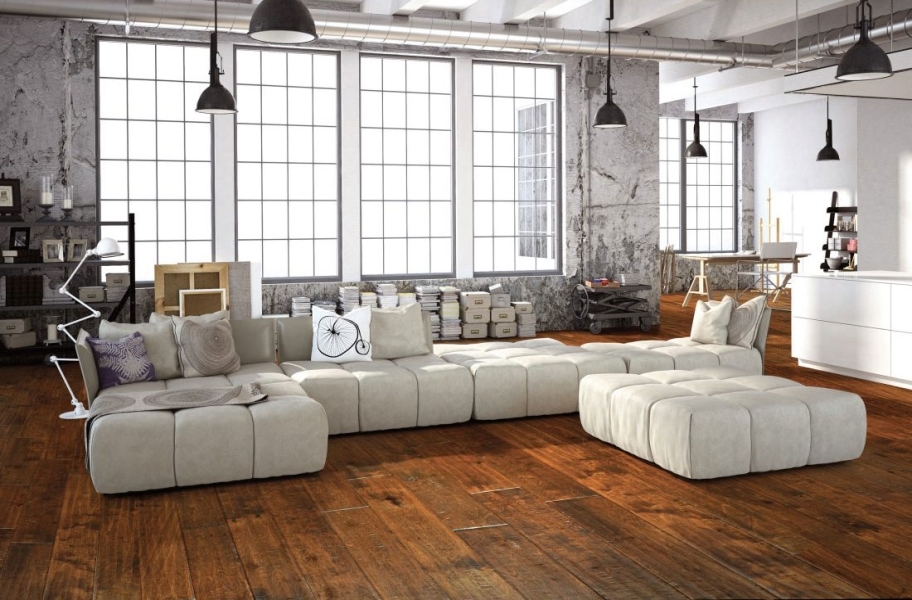
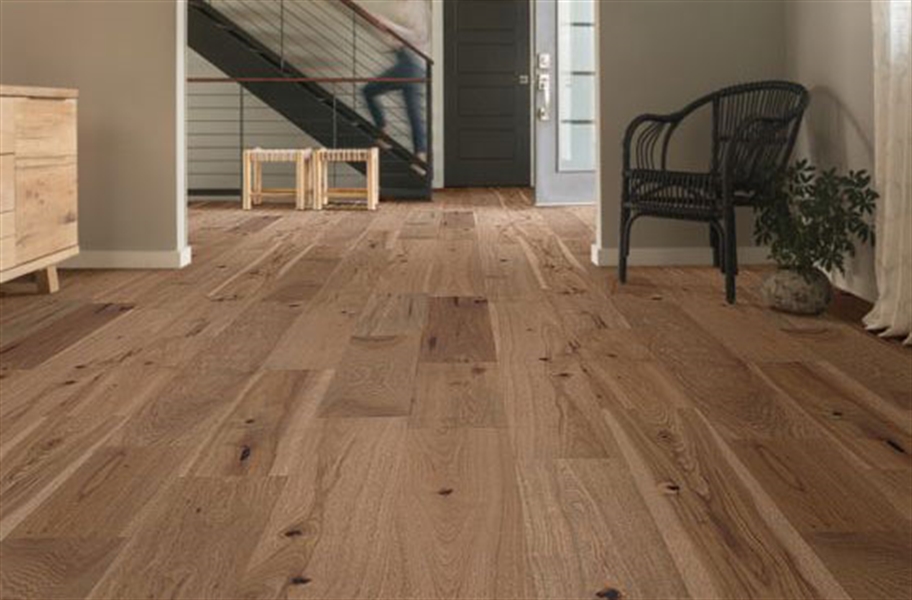


It’s great to know more about wood flooring. I love the information you shared about solid hardwood and engineered wood. I like how you said that actual hardwood can be refinished to make it look like new again. That makes me think it would last longer.
Excellent!